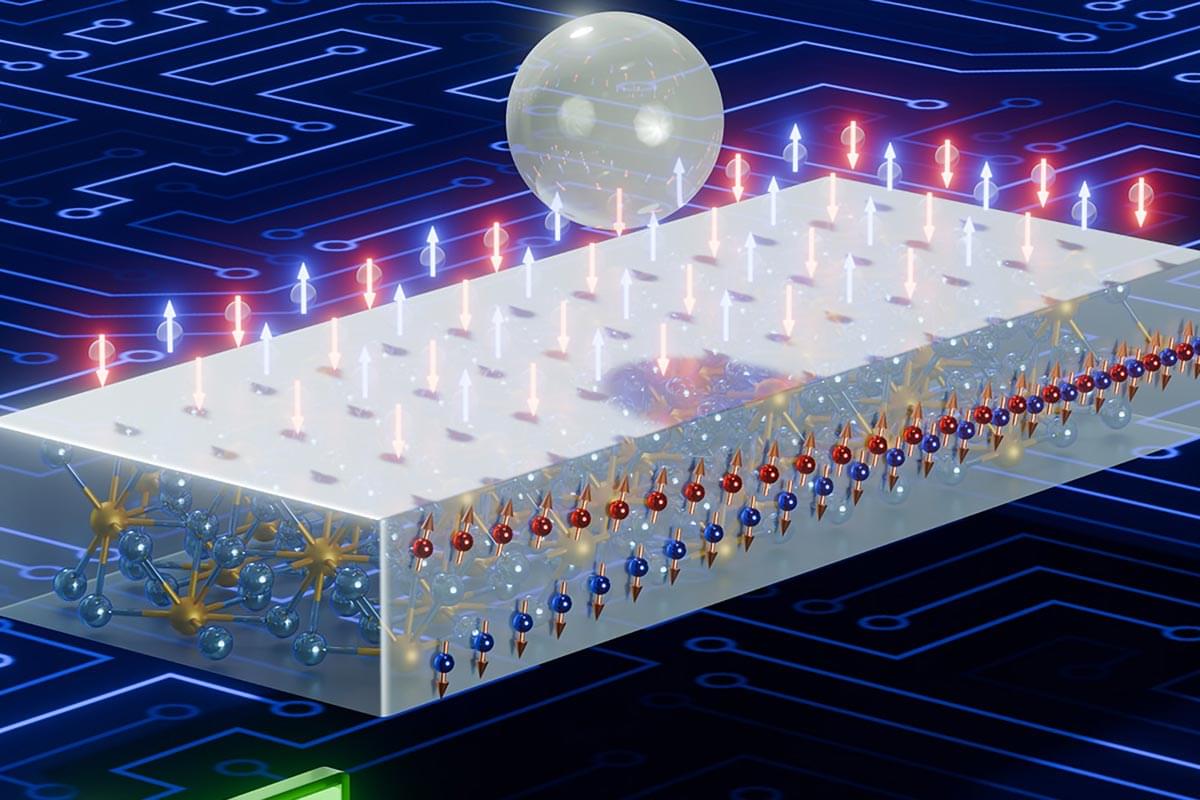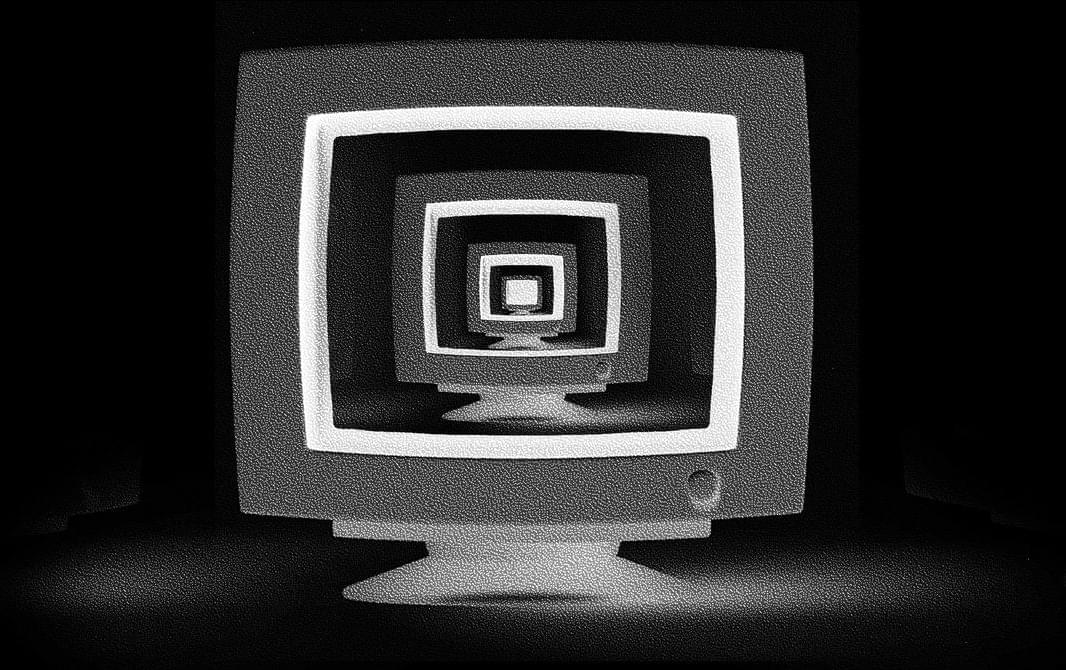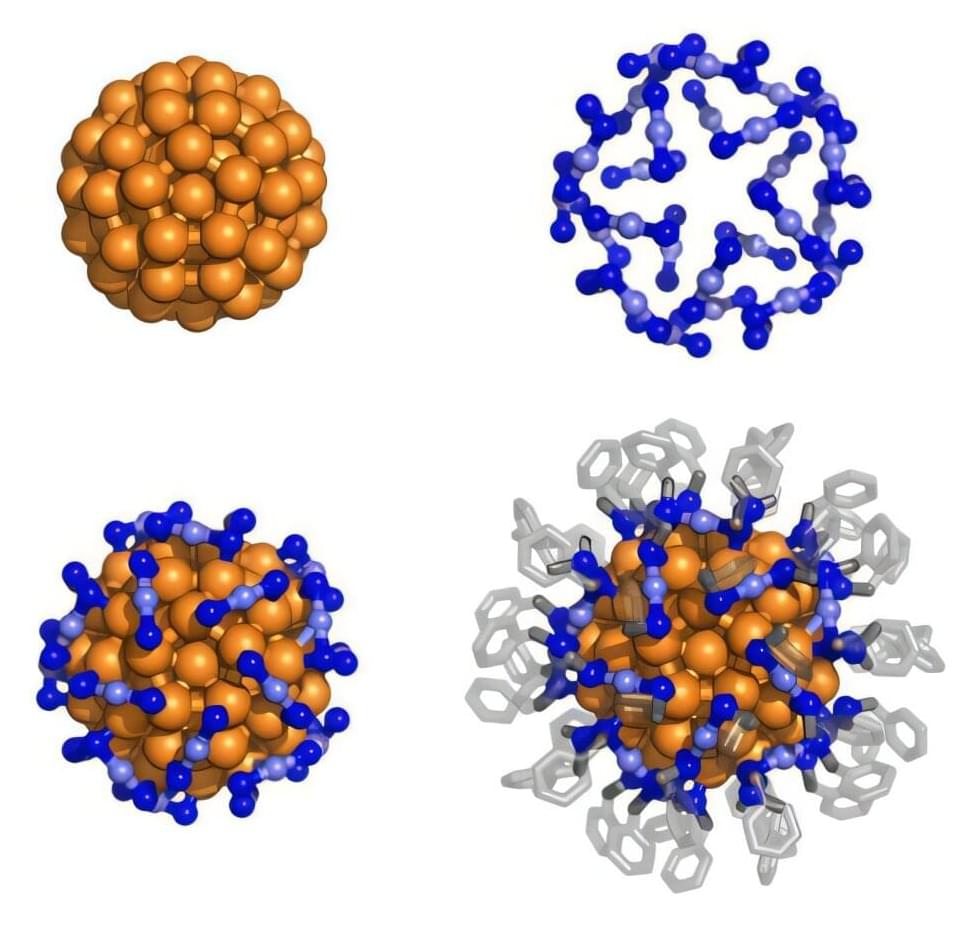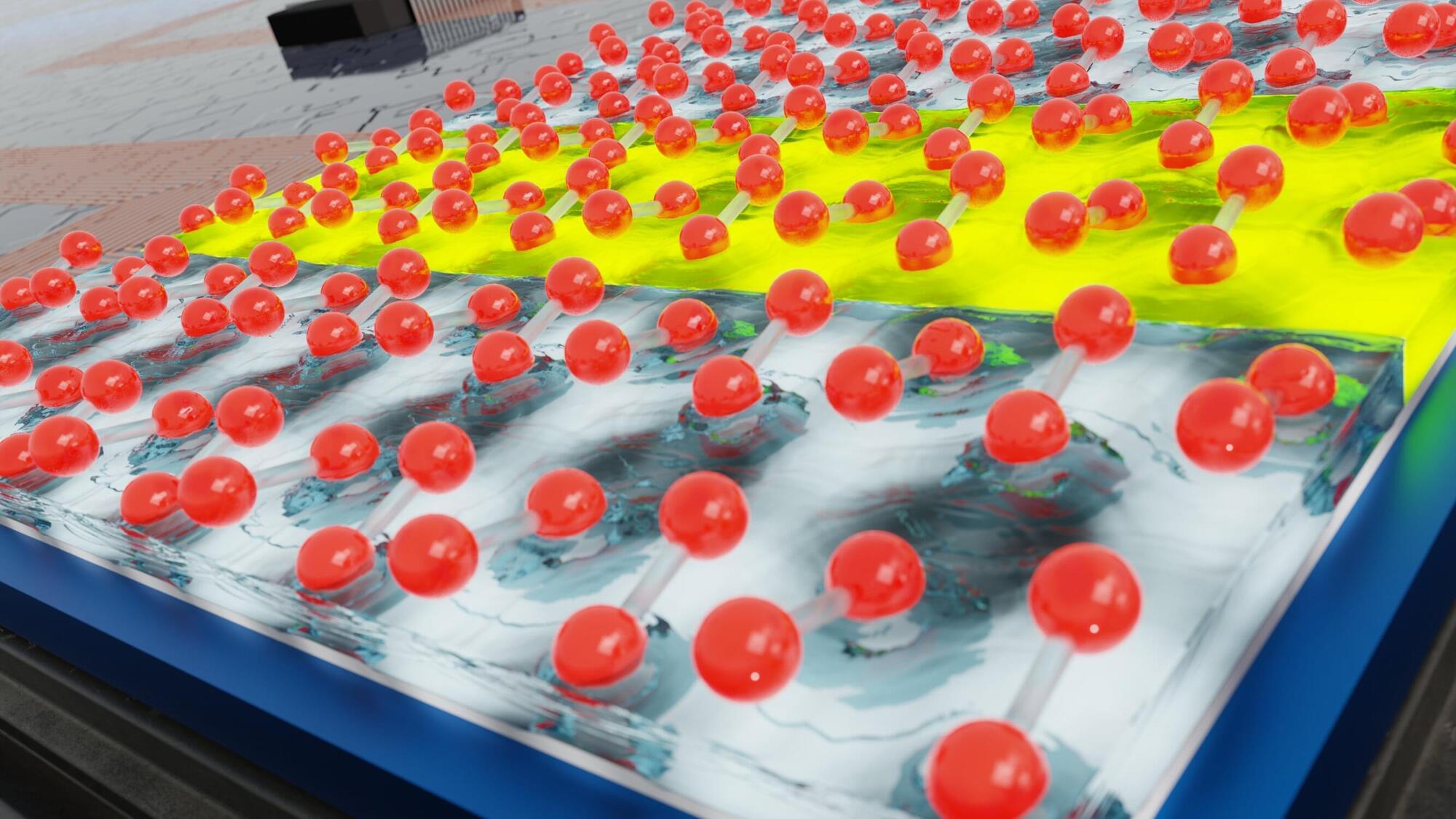A common metal just unlocked a powerful, low-energy shortcut to faster electronics.





Organizing data in a specific order, also known as sorting, is a central computing operation performed by a wide range of systems. Conventional hardware systems rely on separate components to store and sort data, which limits their speed and energy efficiency.
Researchers at Peking University have recently developed a new reconfigurable sort-in-memory system that relies on memristors to in-situ sort stored data. Their proposed system, outlined in a paper published in Nature Electronics and led by Professor Yuchao Yang, was found to store and sort data both quickly and energy-efficiently.
“The original idea comes from the fact that although operations like matrix multiplication and convolution have been widely implemented in CIM (Computing-in-Memory) systems, sorting has long been regarded as a ‘hard nut to crack’ in computing-in-memory technology due to its unique computational characteristics,” Yaoyu Tao, corresponding author of the paper, told TechXplore.

The efficiency of quantum computers, sensors and other applications often relies on the properties of electrons, including how they are spinning. One of the most accurate systems for high-performance quantum applications relies on tapping into the spin properties of electrons of atoms trapped in a gas, but these systems are difficult to scale up for use in larger quantum devices like quantum computers.
Now, a team of researchers from Penn State and Colorado State has demonstrated how a gold cluster can mimic these gaseous, trapped atoms, allowing scientists to take advantage of these spin properties in a system that can be easily scaled up.
“For the first time, we show that gold nanoclusters have the same key spin properties as the current state-of-the-art methods for quantum information systems,” said Ken Knappenberger, department head and professor of chemistry in the Penn State Eberly College of Science and leader of the research team.

Solar cells and computer chips need silicon layers that are as perfect as possible. Every imperfection in the crystalline structure increases the risk of reduced efficiency or defective switching processes.
If you know how silicon atoms arrange themselves to form a crystal lattice on a thin surface, you gain fundamental insights into controlling crystal growth. To this end, an international research team analyzed the behavior of silicon that was flash-frozen. The study is published in the journal Physical Review Letters.
The results show that the speed of cooling has a major impact on the structure of silicon surfaces. The underlying mechanism may also have occurred during phase transitions in the early universe shortly after the Big Bang.

Quantum computing is about to enter an important stage — the era of quantum advantage. The first claims of quantum advantage are emerging, and over the next few years, we expect researchers and developers to continue presenting compelling hypotheses for quantum advantages. In turn, the broader community will either disprove these hypotheses with cutting-edge techniques — or the advantage holds.
Put simply, quantum advantage means that a quantum computer can run a computation more accurately, cheaply, or efficiently than a classical computer. Between now and the end of 2026, we predict that the quantum community will have uncovered the first quantum advantages. But there’s more to it than that.
We have arrived already at a place where quantum computing is a useful scientific tool capable of performing computations that even the best exact classical algorithms can’t. We and our partners are already conducting a range of experiments on quantum computers that are competitive with the leading classical approximation methods. At the same time, computing researchers are testing advantage claims with innovative new classical approaches.

A new attack campaign has compromised more than 3,500 websites worldwide with JavaScript cryptocurrency miners, marking the return of browser-based cryptojacking attacks once popularized by the likes of CoinHive.
Although the service has since shuttered after browser makers took steps to ban miner-related apps and add-ons, researchers from the c/side said they found evidence of a stealthy miner packed within obfuscated JavaScript that assesses the computational power of a device and spawns background Web Workers to execute mining tasks in parallel without raising any alarm.
More importantly, the activity has been found to leverage WebSockets to fetch mining tasks from an external server, so as to dynamically adjust the mining intensity based on the device capabilities and accordingly throttle resource consumption to maintain stealth.

Today, NVIDIA unveiled OpenReasoning-Nemotron, a quartet of distilled reasoning models with 1.5B, 7B, 14B, and 32B parameters, all derived from the 671B-parameter DeepSeek R1 0528. By compressing that massive teacher into four leaner Qwen‑2.5-based students, NVIDIA is making advanced reasoning experiments accessible even on standard gaming rigs, without the need to worry about hefty GPU bills and cloud usage. The key is not some elaborate trick but raw data. Using the NeMo Skills pipeline, NVIDIA generated five million math, science, and code solutions, and then fine-tuned each one purely with supervised learning. Already, the 32B model hits an 89.2 on AIME24 and 73.8 on the HMMT February contest, while even the 1.5B variant manages a solid 55.5 and 31.5.
